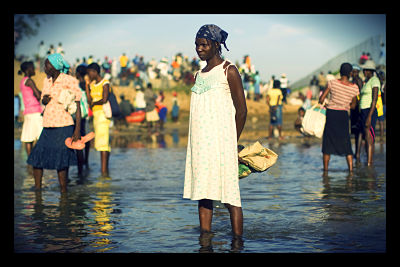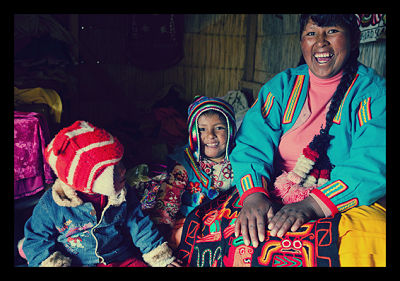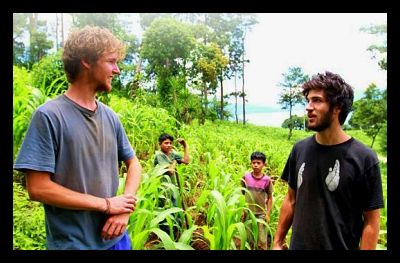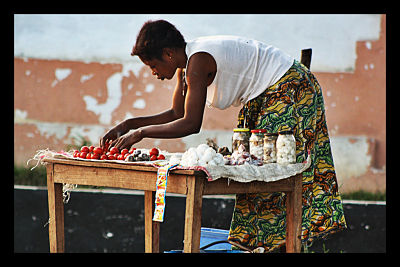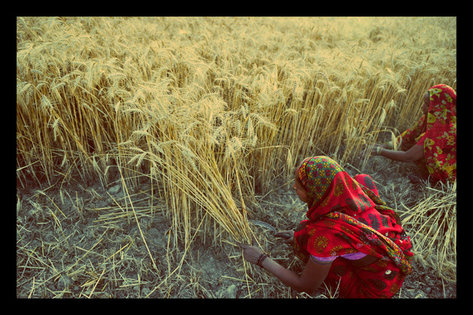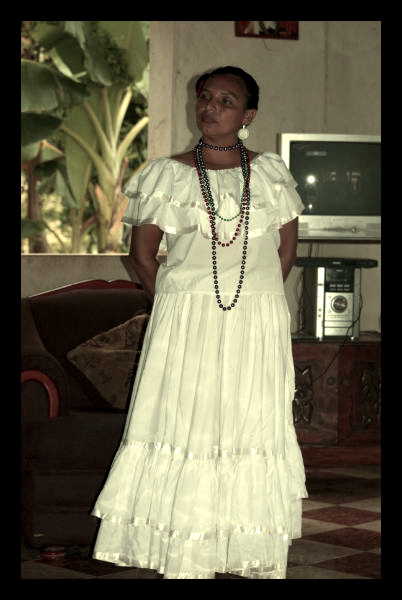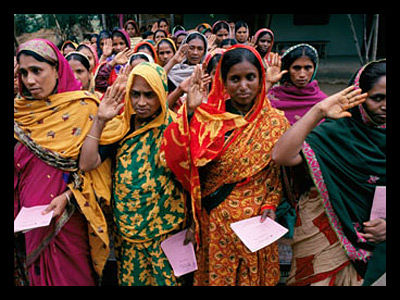
Poor populations in developing countries worldwide are often ignored by most lending institutions. Traditional banks typically do not loan to those with little income or other forms of collateral. As a result, it is extremely difficult for those in poverty to advance economically without access to forms of credit, insurance, or savings mechanisms.
Microfinance services provide these low-income individuals with a broad range of financial tools involving small amounts of money in the hopes that services like capital, banking, and insurance will assist them in rising out of poverty. The World Bank estimates that there are around 160 million people in developing countries that are currently benefiting from microfinance. Many of the institutions that provide microfinance services are nonprofit organizations like Kiva and government agencies such as the United States Agency for International Development (USAID).
Many case studies have demonstrated that microfinance is responsible for helping low-income households meet basic needs, improve their economic welfare, and grow their livelihoods. Microfinance also helps to empower women by providing microcredit, thereby promoting equality and economic opportunities.
Microcredit provides poor entrepreneurs the ability to start or expand their businesses. Having this reliable source of credit makes it easier for them to manage cash flow and business activities. Even though the size of the capital lent seem comparatively small, sometimes less than a couple hundred dollars, it is a significant sum for half of the world’s population, who lives on less than $2 a day.
After using credit to start a business or buy land, poor individuals in developing countries can benefit from savings services that microfinance institutions provide. Since the poor are more likely to lose control of their money due to mismanagement, fraud, and corruption, secure financial services allow safer and more responsible transactions. Additionally, low-income families in developing countries are more likely to be adversely affected economically due to many uncontrollable factors such as death, illness, and natural disaster. Access to credit, insurance, and savings can make these precarious conditions easier to manage and maintain financial security.
Empirical evidence from the Consultative Group to Assist the Poor (CGAP) shows the benefit that microfinance services can provide to the world’s poor. For example, members of the Grameen Bank, a nonprofit microfinance organization for women, who use microfinance services have over 40% higher incomes than those who do not. Development in countries like India, the Philippines, and Morocco has also been advanced due to microcredit. Businesses have expanded and industries have diversified.
Individuals in developing countries are in dire need of a broad range of financial services. Microfinance services provides these people with the opportunity to develop their own businesses, build assets, and manage their incomes and risks. Those who are given access to microfinance services live in significantly better economic conditions than those who do not. And in time, many of these people are able to pull themselves out of poverty.
– Rahul Shah
Sources: KIVA, CGAP, Lend with Care
Photo: The Guardian
